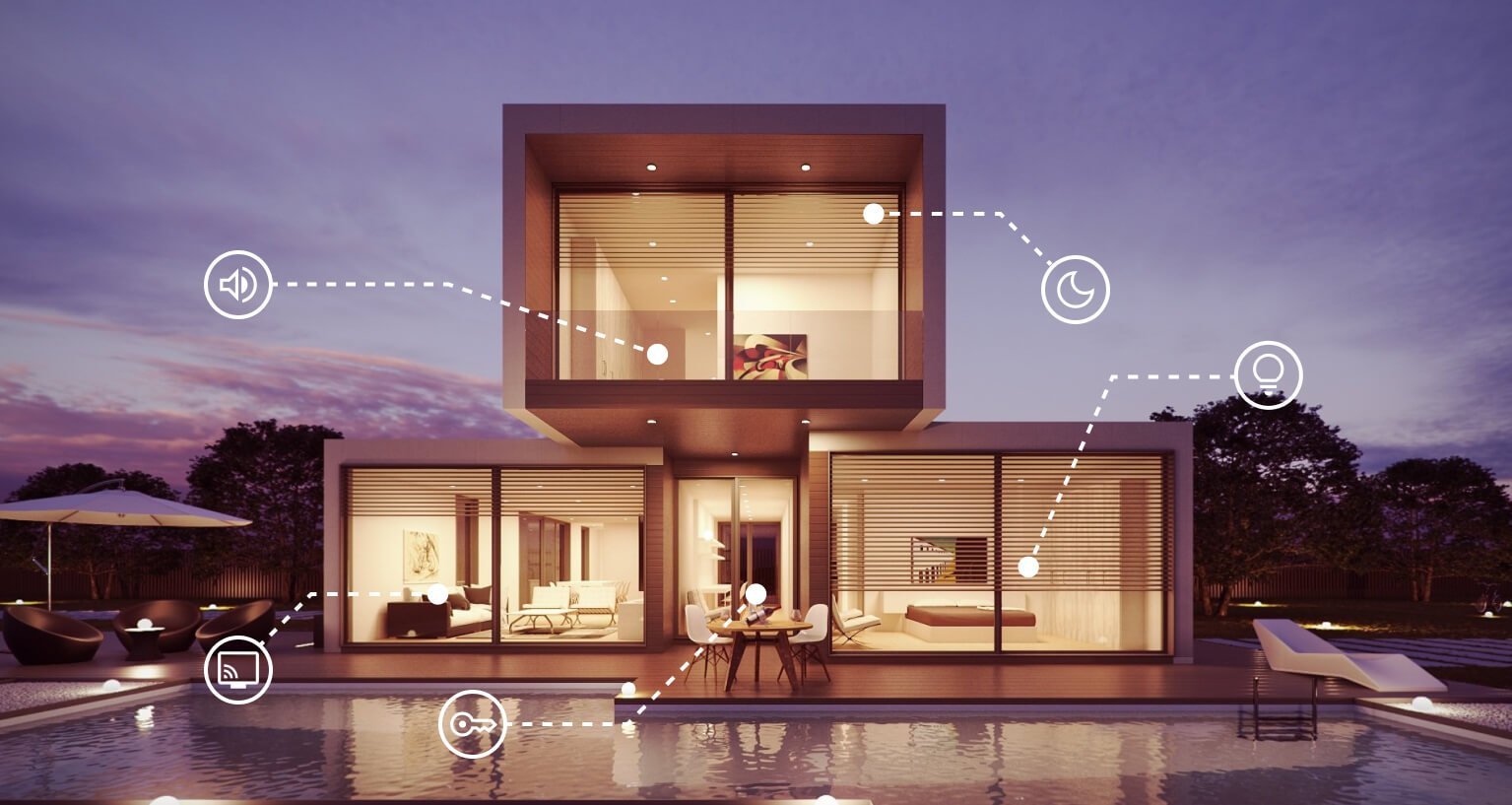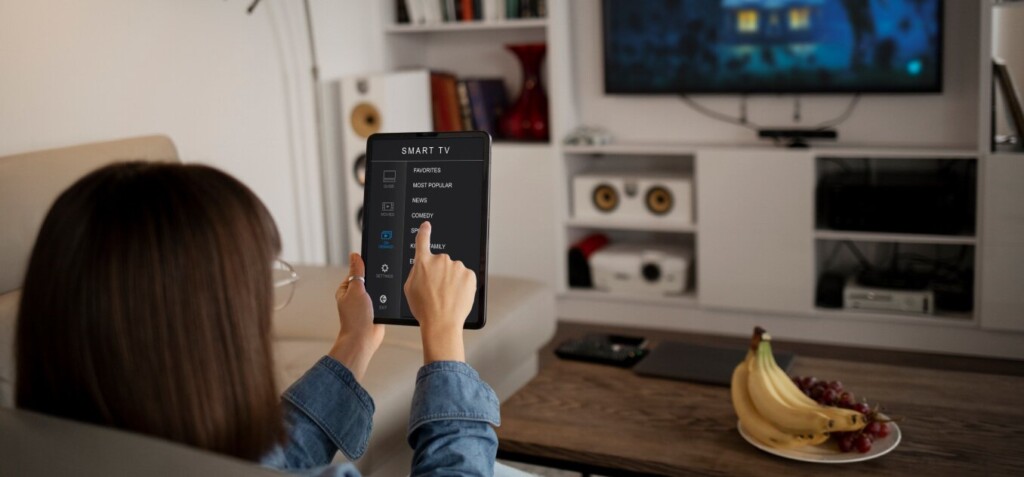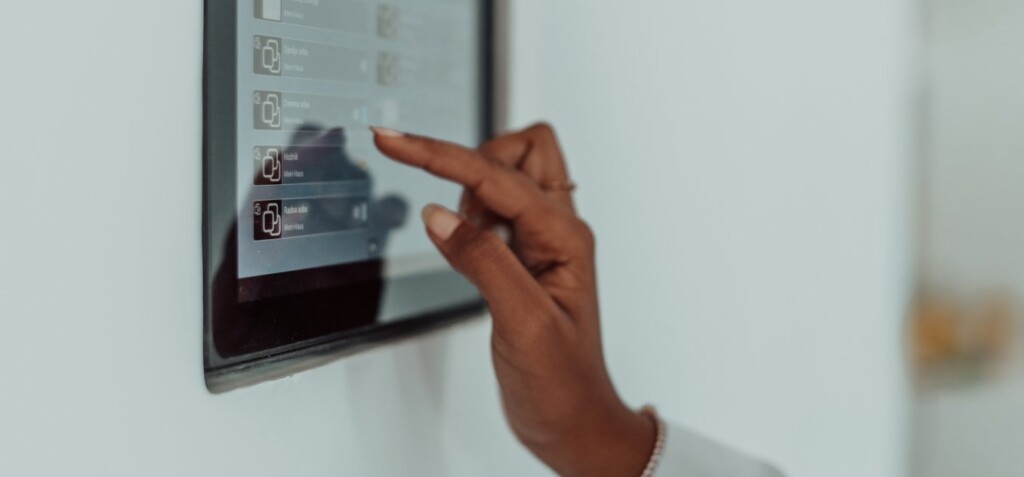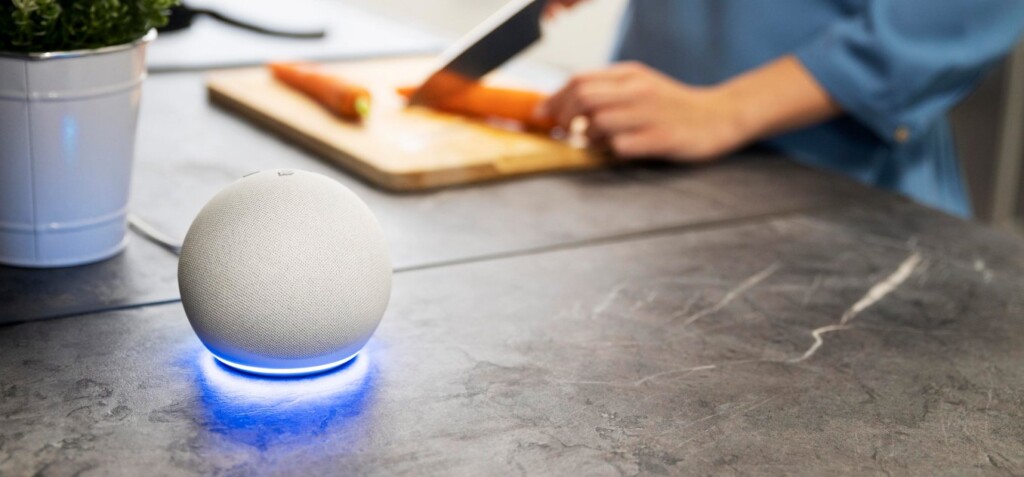
What is a smart home?
Fridge, TV, car, or speaker can be smart now. But what does it mean if the technological advances come not for things but a place? In this article, you can read about what can make your home smart.
What does “smart” mean in smart things?
There is no single, widely agreed definition of what makes a thing smart in the technological sense. However, remind yourself, when did you hear that word first?
It seems that the first widely available smart devices were smartphones. The transition from “cell phones” to “smart phones” was rapid, and nowadays, no one really imagines non-smart phones.
But what has changed? The revolution was caused by a fusion of two aspects. The smartphones became compatible with thousands of independently made apps – though this has been possible before, using Java. At the same time, with the progress of mobile data access, smartphones could now use these apps with a constant internet connection.
This was when the cloud-based services started, like music streaming or e-magazine subscriptions. In short: smartphones brought the internet-connected computer experience into your pocket.
In analogy: a smart device is a piece of equipment that gains other features from being connected to the internet.
With the progress in electronic technology in all areas, now “smart” applies to the full range of devices: from body scales to cars. If you place some smart home devices, such as smart lights, smart speakers, or smart door locks, they may create a smart home.
Smart Lock Without Smart Home: What Do I Lose? >>
Smart home vs Internet of Things
If not precisely about smart home, you may have heard about the Internet of Things, abbreviated IoT. It’s the term used to describe web-like connections between smart devices.
In the past, you had to get up from the couch to turn the lights off. If your devices are smart and create an IoT setup, the light could turn off automatically when you put the TV on. Of course, this requires smart lighting and a smart TV.
Rather than a particular installation, the Internet of Things is a way of synchronizing electronic equipment. This can apply to all settings, including factories, hospitals or airports, where multiple devices react to data, actions, and interactions.
Finally…
What is a smart home?
A smart home can be as simple as one with a programmable thermostat that can be controlled remotely or as complex as integration with every appliance connected to a central system. In this type of smart home, every installation – lighting, heating, security, cameras etc. – is connected to the central hub. Google Nest Hub can serve as an example.
Such connection allows the homeowner to control all systems with one device, such as a smartphone, tablet or computer. Central management on the mobile device is where the IoT part comes in.
Smart homes use smart home systems: standardized operating systems that can manage multiple devices and automate their work.
How can I automate my smart home? >>
Homes equipped with technology that allows them to be controlled remotely or with voice commands are becoming more and more common. Most people are finding that having a smart home allows them more control over their homes and saves them time and money.
Are there any types of smart homes?
Sure. You may divide the smart home industry into two types, depending on how the devices connect in an installation.
Some smart home systems, like Fibaro, Grenton, or Loxone, work on the dedicated, locally interconnected electronic installation. They can connect both wired and wireless solutions, including the latest gadgets. Their advantage is that these can work without internet access – but they can be expensive to start and difficult to configure.
On the other and of the spectrum, there are cloud-based smart home platforms, like Google Home, Homey, Amazon Alexa, or Apple HomeKit. When connected to the internet and using a central hub (such as smart speakers like Google Mini or Apple HomePod mini), they can work similarly to the locally-based systems. Central hubs are not expensive (or not always required), but your smart home devices would often need their own smart bridges, which drives their costs up. They may lose some features if the internet is down, but are usually very easy to configure and manage and allow for control with voice commands – for example, using Google Assistant.
What Is Bridge, and Do I Need It? >>
Some smart home platforms, like Homey or Apple HomeKit, may not require a central hub or the devices’ separate hubs. These setups have very limited features, though.
On the other hand: these may be absolutely enough for you.
The simplest form of a smart home, which works great in straightforward setups, is offered just by smart devices connected to your mobile app and/or Wi-Fi. This enables extended controls and work modes, which may be just right if you do not look for automation or devices interacting.





















